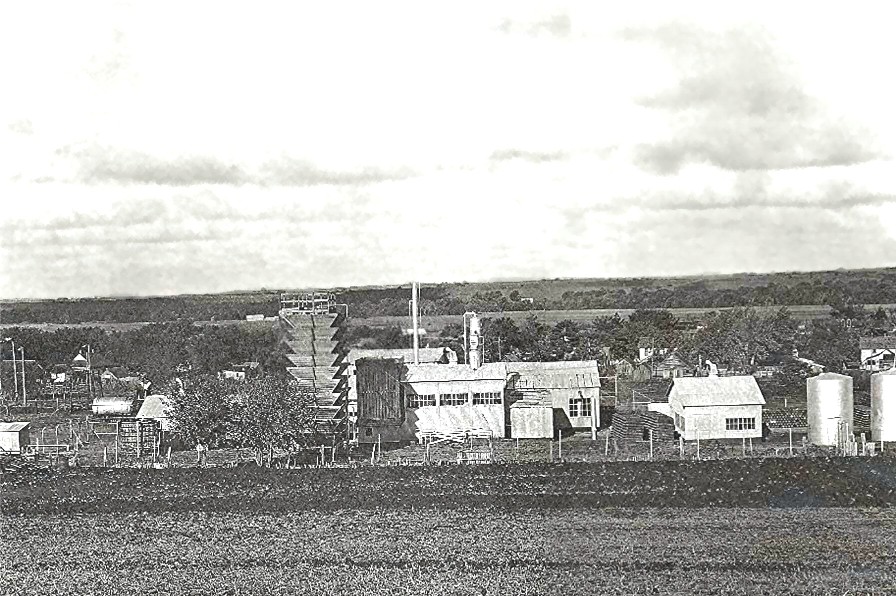

The odorless, colorless, lighter-than-air gas that has come to be known as helium is rooted in Kansas's history, and that role was celebrated during the weekend at the University of Kansas.
On Saturday, the American Chemical Society marked the 1905 discovery in Kansas that helium is not extremely rare on Earth, but found in abundance in natural gas.
The Kansas building where the discovery was made -- Bailey Hall -- was named a National Historic Chemical Landmark. A plaque was presented to the university by the American Chemical Society, the world's largest scientific society.
Bailey Hall, used by the chemistry department until the 1950s, is the 32nd landmark identified by the chemical society since 1992.
Since astronomers discovered helium in 1868, the gas has been used in everything from balloons to magnetic resonance imaging to the space shuttle's rocket boosters. The gas lifts blimps, protects deep-sea divers and makes those who breathe it sound funny.
The story of helium's discovery in natural gas begins in May 1903 in Dexter, Kan., about 45 miles southeast of Wichita.
The town put on a daylong celebration of a local company's discovery of a natural gas well, including the release of a stream of natural gas. The gas was supposed to explode and light up the sky when it came into contact with a hay bale set on fire above it.
Instead, the natural gas extinguished the burning hay. Several more trials also fizzled.
Erasmus Haworth, a Kansas geology professor who was puzzled by the incident, sent a cylinder of the Dexter gas to the University of Kansas. The university had just built a chemistry building and had acquired a liquid air machine, the only one of its kind west of the Mississippi.
On Dec. 7, 1905, Professor Hamilton Cady and Associate Professor David McFarland analyzed the sample and discovered that it was nearly 2 percent helium.
At the time, they just shrugged it off because they didn't know of any use for helium, said Grover Everett, a retired Kansas chemistry professor who researched the story, It was a number of years before its importance was realized,
In the decade that followed, helium remained a curiosity and the entire U.S. supply rested in three glass tubes on a shelf at Kansas, the American Chemical Society said.
That changed in 1917, when the British suggested that the United States produce enough helium to raise lighter-than-air craft for the Allied war effort.
Large-scale production to inflate blimps came too late for World War I. But the helium-filled blimps and anti-aircraft balloons were used extensively in World War II.